
When Do I Need an LADBS Express Permit?
Before doing any kind of work on a residential or commercial building, it’s usually necessary to obtain a building permit of some kind. The types of permits you may need to apply for largely depend on where the building is located. In Los Angeles County, building permits are separated into different categories that are based on the overall size of the project.
The process of obtaining a permit depends on the type of permit you need to apply for. Permits for larger projects tend to take longer to be approved than permits for smaller projects. If you’re set to work on a sizable project, you should consider retaining the services of a permit expediter to ensure that your project isn’t delayed for an extended period of time.
In the event that you’re working on a simple project, all that’s required of you to begin this project is to apply for an express permit. Express permits are the most basic building permits that you can apply for through the LADBS. This type of permit is the only one available through the LADBS that doesn’t require developers to submit plan checks or building plans. This guide tells you all you need to know about applying for an express permit.
What is an LADBS Express Permit?
Express permits are meant to be used specifically for simple projects that don’t necessarily require comprehensive plan reviews or approvals. The main reason to apply for this type of permit is that you can obtain the permit online or at an LADBS location. Keep in mind that your project will need to meet certain permit qualifications if you want your application to be approved. This permit is primary used for:
- Plumbing projects
- HVAC projects
- Electrical projects
- Fire protection installation
- Placement of pressure valves and elevators
What Types of Construction Require an Express Permit?
There are numerous smaller projects that you must obtain an express permit to perform, which include everything from small construction projects on residential buildings to simple electrical projects in a home.
Building
The types of building projects that require an express permit include:
- Changing the windows or doors in a residential building, which requires items certified by the National Fenestration Rating Council
- Bathroom and kitchen remodels for residential buildings as long as no structural changes are being made
- Re-stucco for any residential building
- Re-roof project with Class A or B covering materials that weigh less than six pounds for every square foot over current solid sheathing squares
- Re-roof project with any Class A or B covering material that weighs less than six pounds for every square foot over entirely new solid sheathing squares
- Security bar installations in apartments or dwellings
- Pumpkin or Christmas tree lots
- Any complete work that was done with a previously expired permit
- Wet sandblasting
- The addition of plywood and sill plate anchor bolts to existing cripple walls
- Change of contractor or ownership
- Chimney repair work for residential buildings
- The replacement of any damaged framing members
- The repair of dry-rot, termite, or water damaged stairs in a residential building
- Termite damage, dry rot repair, or water damage that costs less than 10% of the total replacement cost for a residential building
- Fire damage repair for a residential building
- The replacement of pre-fabricated fireplace with another fireplace that has the same location and size
- Re-plastering of an existing swimming pool
- Installing wood, fiber cement, or vinyl siding directly over solid sheathing
- Replacing drywall without adding any new walls
- Replacing existing siding with stucco
- Applying a coating to an exterior deck or balcony
- Applying a coating to a roof
- Removing roof tiles before applying an underlayment and resetting roof tiles
- Installing insulation or a radiant barrier in an attic
- Construction of concrete block masonry fence
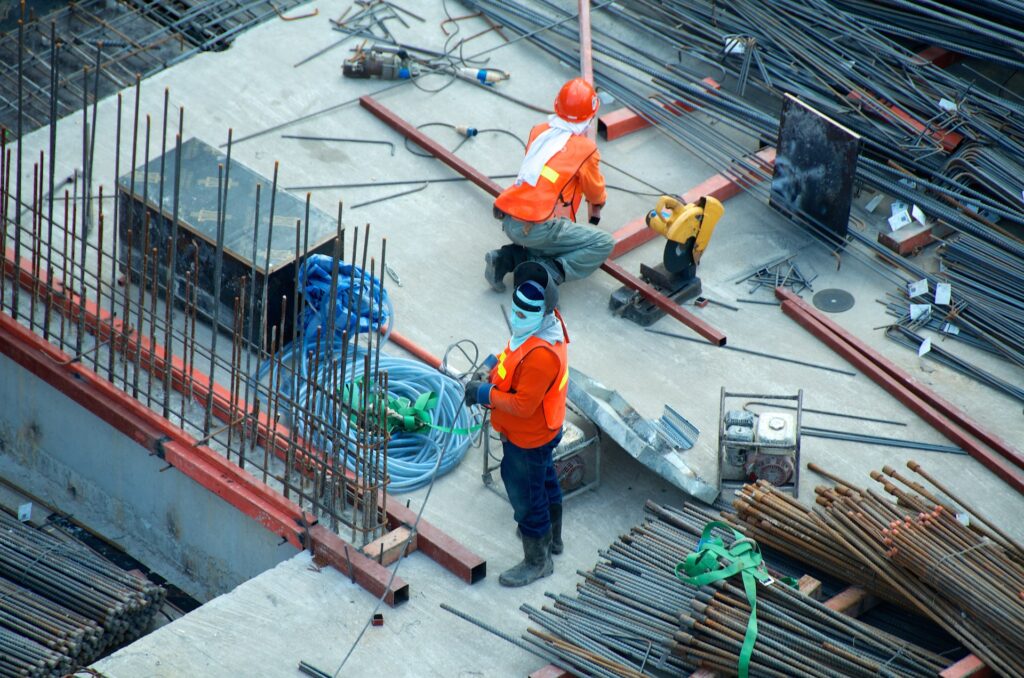
HVAC
The HVAC projects that require an express permit include:
- Comfort cooling and comfort heating installations if the aggregate input is lower than 500,000 Btu/hr
- Witness test
- Environmental ventilation in any building with an aggregate capacity of comfort cooling or comfort heating of lower than 500,000 Btu/hr
- Refrigeration systems that contain A1 refrigerants with an aggregate compressor horsepower of lower than 100
- Gas furnaces and gas heaters at lower than 500,000 Btu/hr
- Duct work modifications or additions in any building without a smoke control system
- Replacing an A/C unit with one of the same type and size
- Relocating an A/C unit to a different part of the same building
- Relocating fans that are used for environmental ventilation
- Installing prefabricated fireplaces
- Installing ventilation exhaust fans
- Installing air conditioning equipment
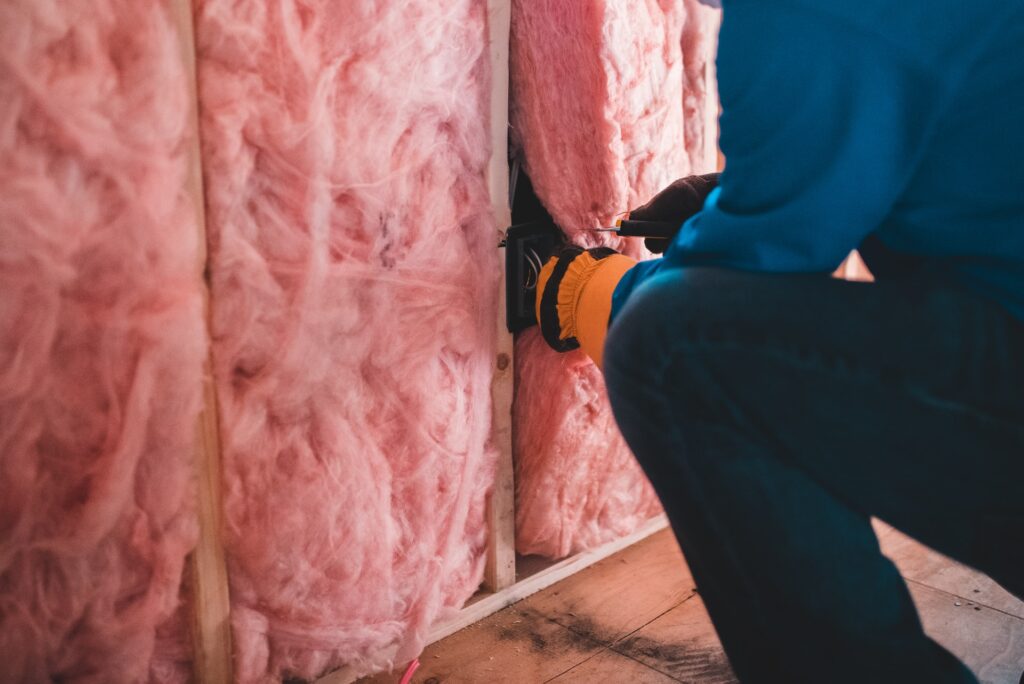
Plumbing
The plumbing projects that an an express permit is needed for include:
- Any non-engineered water system that has 1.5 inches or less of water service
- Installing or replacing plumbing fixtures
- Replacing any underground water pipes
- Installing a backflow prevention device
- Sewer connection permit
- Sewer cap
- Sewer repairs, replacements, or alterations
- Replacing water heaters
- Low pressure gas piping systems that have as much as 10 outlets
- Replacing control valves for lawn sprinklers
- Installing an earthquake valve that has the same size as an existing gas main
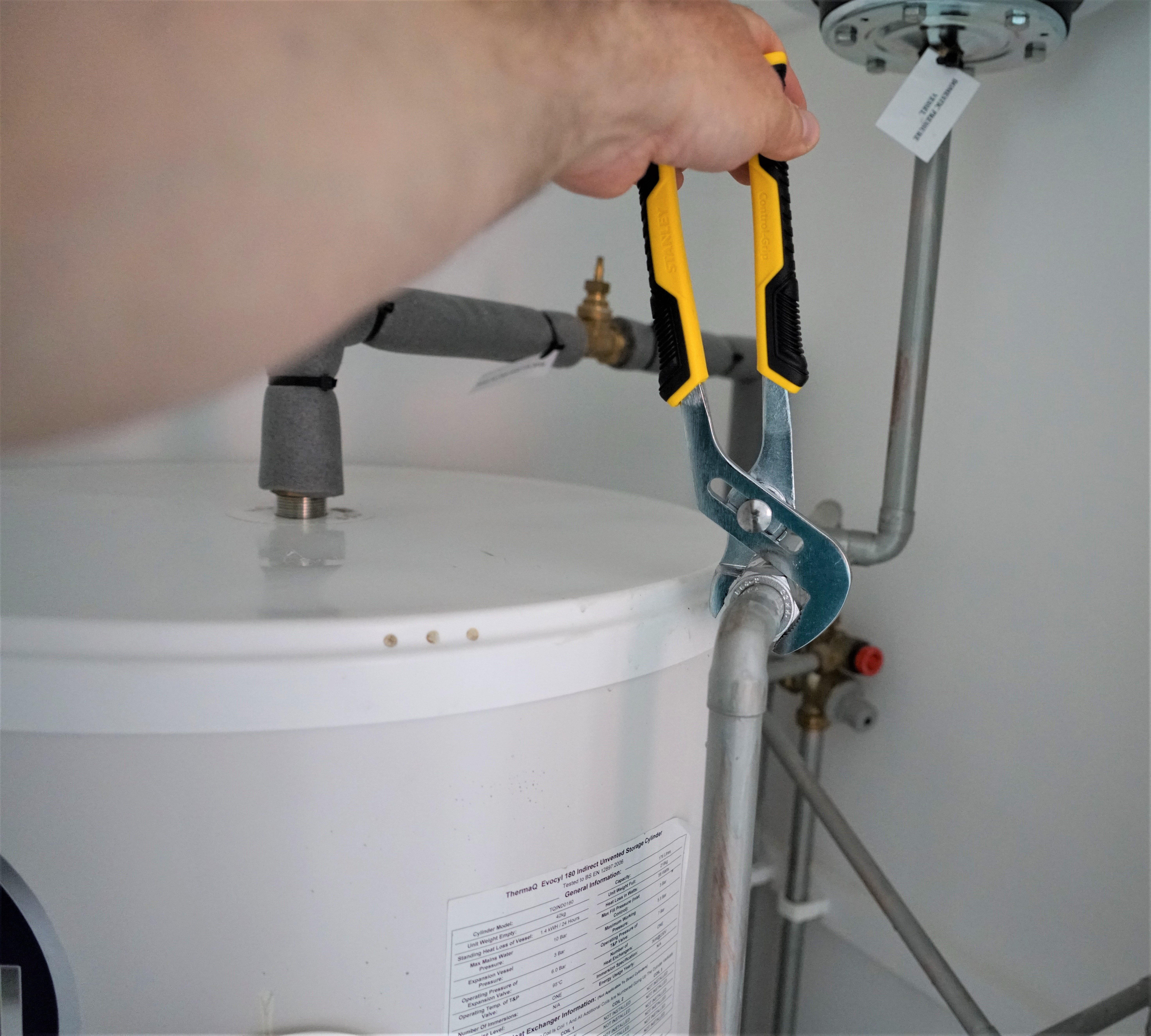
Fire Protection
The types of fire protection projects that require an express permit include:
- A pump test
- Replacing the piping for an underground fire sprinkler that’s at the same size or larger
- Standpipe flushing
- Relocating a fire sprinkler
- Replacing or adding valves
- Replacing a fire sprinkler of the same type and size
- Lowering a sprinkler head
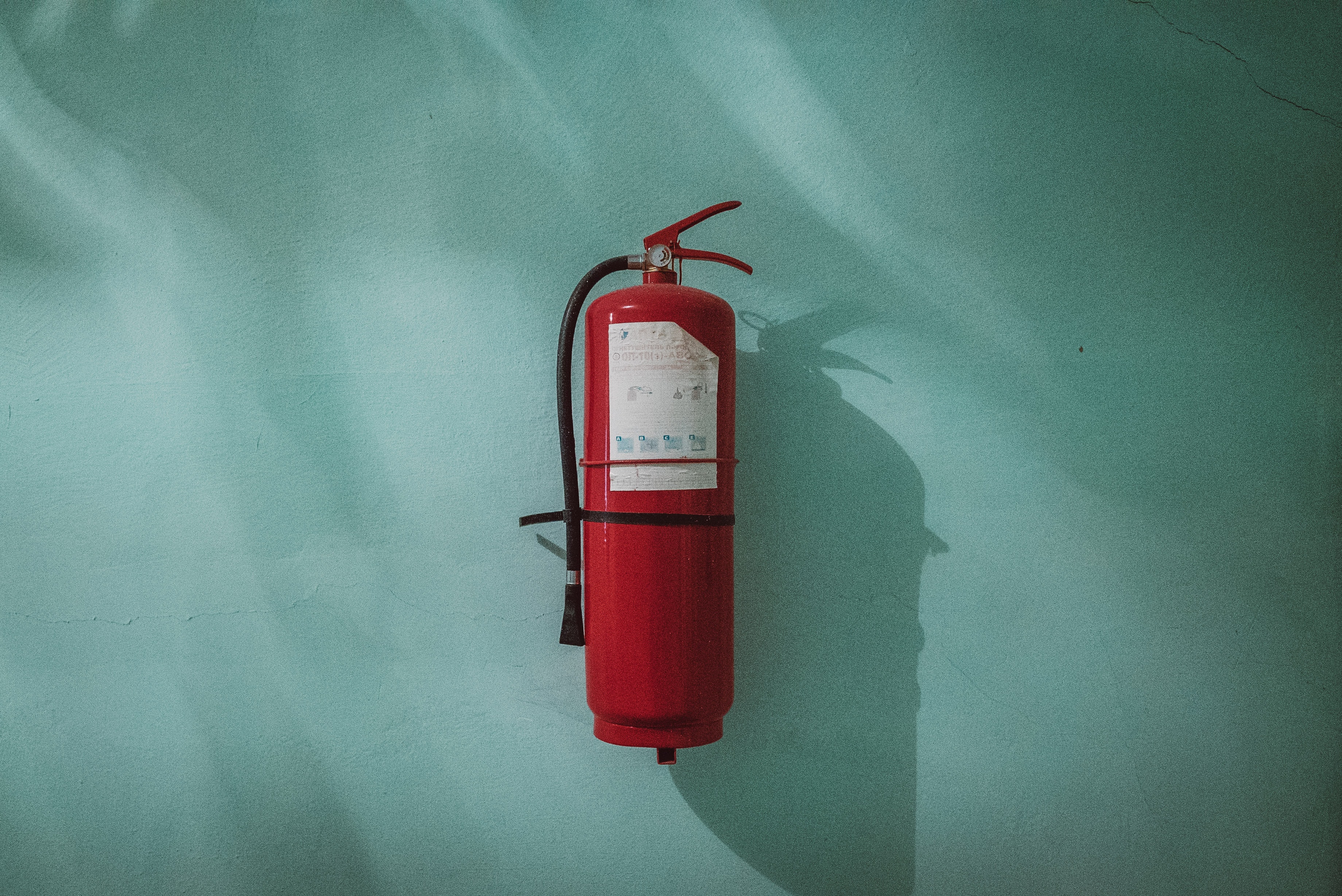
Electrical
The types of electrical projects that require express permits include:
- Any electrical installations with voltage of lower than 600 volts and as much as 400 amps
- Adding or rewiring devices for existing circuits
- Temporary power pole for lower than 600 volts and as much as 400 amps of total load
- Wiring for swimming pools
- Wiring for computers and telephones
- Special equipment inspections for lower than 600 volts and as much as 400 amps
- Electrical wiring on movie sets
- Re-connection of electrical meters
- Repairing damaged wiring
- Adding a device to a current fire alarm system
- Electrical wiring for trade shows, carnivals, and other special events
- Carbon monoxide and smoke detectors in residential buildings
- Electrical installations regarding electric vehicle charging
- Photovoltaic systems that are rooftop systems, 10 kW or lower, and lower than 225 amperes in service panel rating
- Energy storage systems that are connected to the photovoltaic system
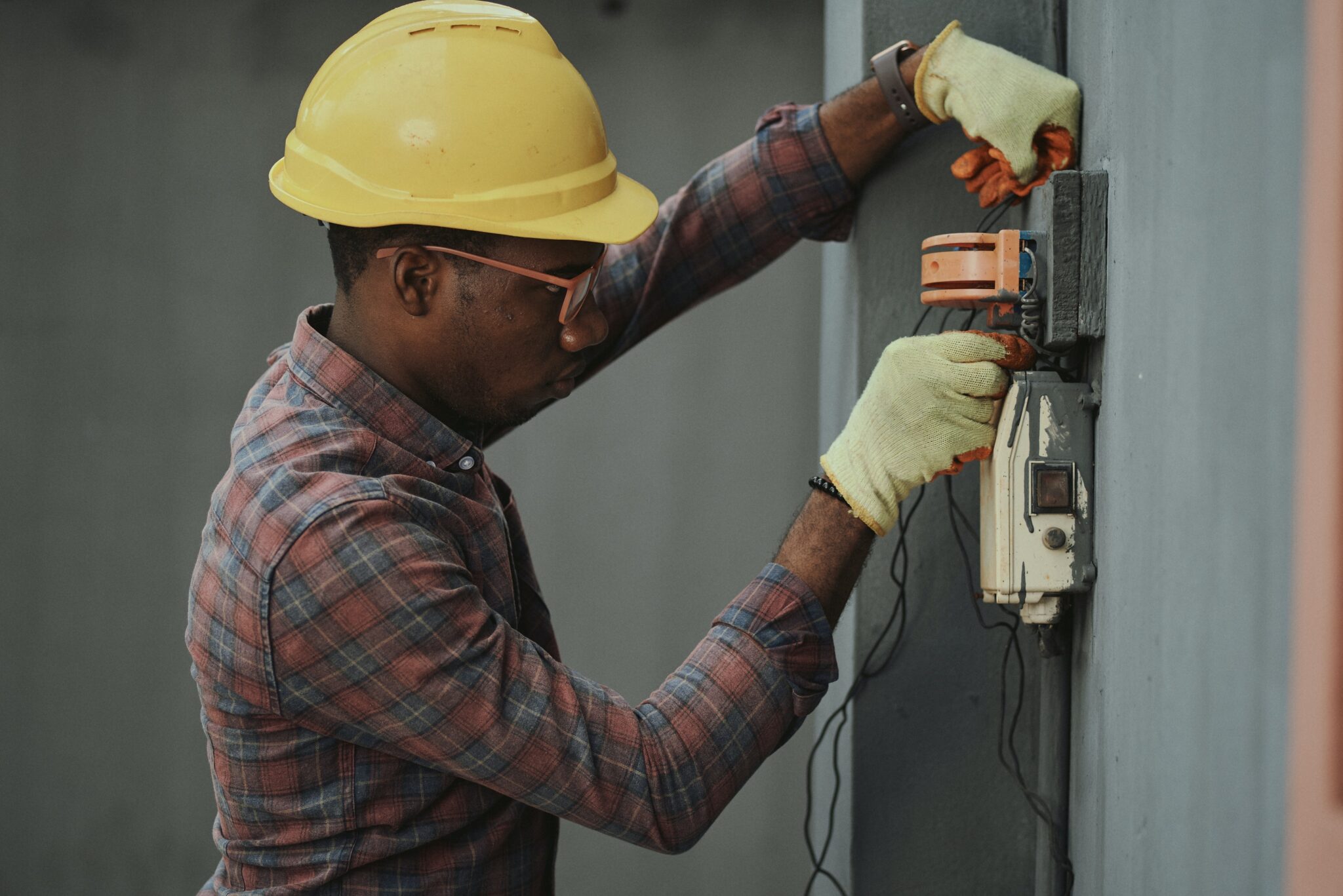
Elevator/Pressure Vessel
The types of elevator and pressure vessel projects that require an express permit include:
- The repair of elevators
- Work to tanks, boilers, and pressure vessels
- Air tanks or compressors
- Automotive hoist
- Liquid propane gas tanks
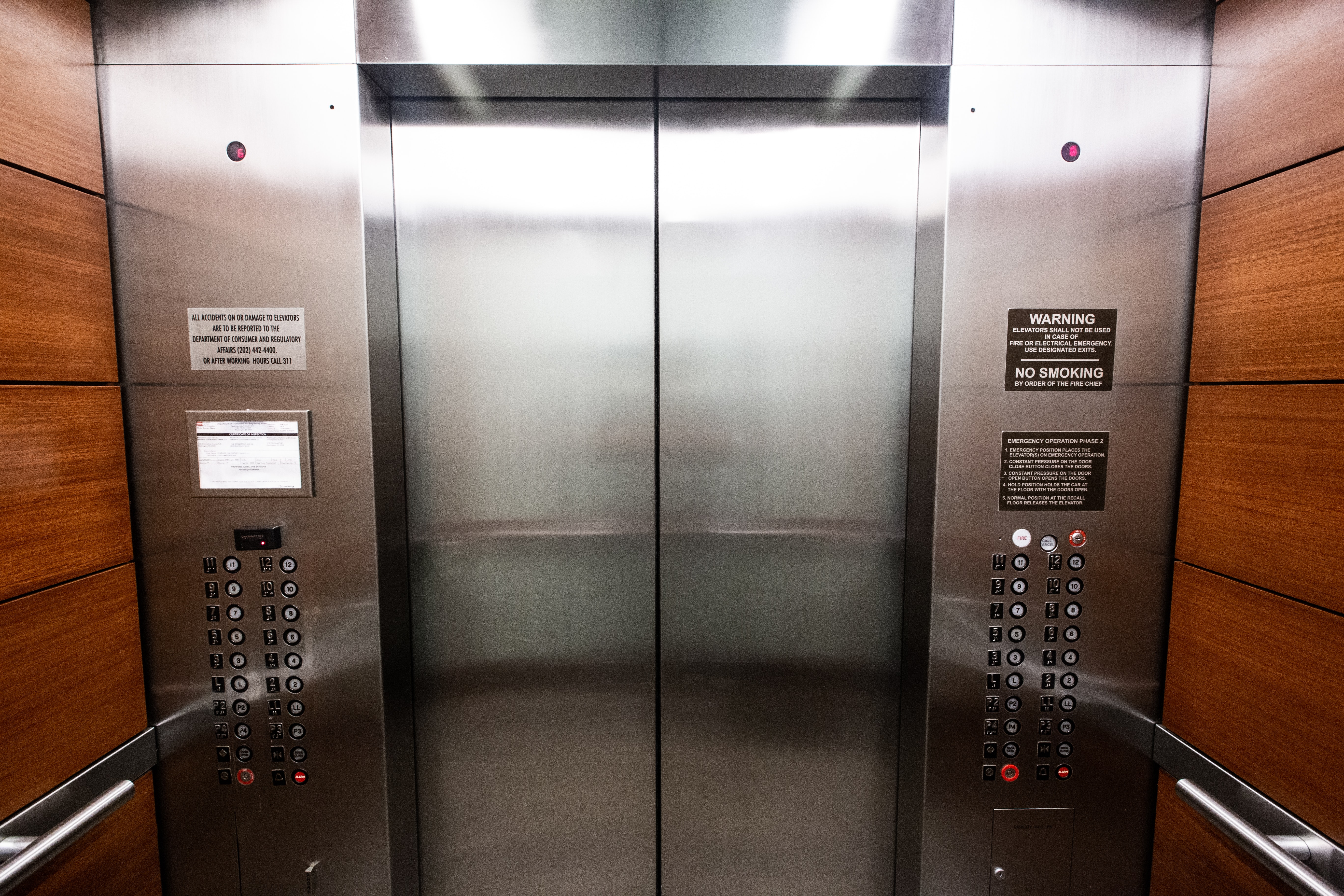
Express Permit FAQs
There are many questions that people ask when trying to determine if they require an express permit.
How Do I Obtain an Express Permit?
In the event that your property or project qualifies for an LADBS express permit, you can apply for this permit online, which is the quickest and most straightforward solution.
Where Can I Find an Application for an Express Permit?
You can find an application for your express permit by visiting the LADBS.org website and navigating to the “Forms & Publications” tab.
How Do I Submit an Application for an Express Permit?
If you’d like to apply for an express permit, you can do so via the PermitLA website.
How Long Does it Take to Obtain an Express Permit?
Once you apply for an express permit on the LADBS website, you should receive an approval or denial in a few minutes.
How Long Is an Express Permit Valid?
Once you receive an express permit, this permit will eventually expire if:
- Two years has passed since the permit was first issued
- No work has begun within six months following the issuance of the permit
- Work began but stopped for more than six months
If the permit is less than 30 days away from expiring, you can apply for an extension of time, which you can file with the LADBS by using a Modification Form 41a or Modification Form 42 request. In the event that you haven’t started work, you may need to file this request with the inspection district supervisor. When the permit has expired after work has begun, your request can be filed at any plan check office.
How Do I Obtain Staff Assistance for My Express Permit Without Visiting a LADBS Office?
You can receive staff assistance by contacting LADBS through their website.
There Is an Error on My Permit. How Can I Get It Corrected?
If you need to have a permit error corrected, you can do so in person by visiting one of the LADBS development centers.
With this guide in hand, you should know exactly when and how to apply for an LADBS express permit. While the process itself is fairly straightforward, only specific projects fall under the category of an express permit. Before you submit your application for an express permit, make sure that your project qualifies.

Jason Somers, President & Founder of Crest Real Estate
With over 15 years of professional experience in the Los Angeles luxury real estate market, Jason Somers has the background, judgement and track record to provide an unparalleled level of real estate services. His widespread knowledge helps clients identify and acquire income producing properties and value-ad development opportunities.
Learn more about Jason Somers or contact us.



